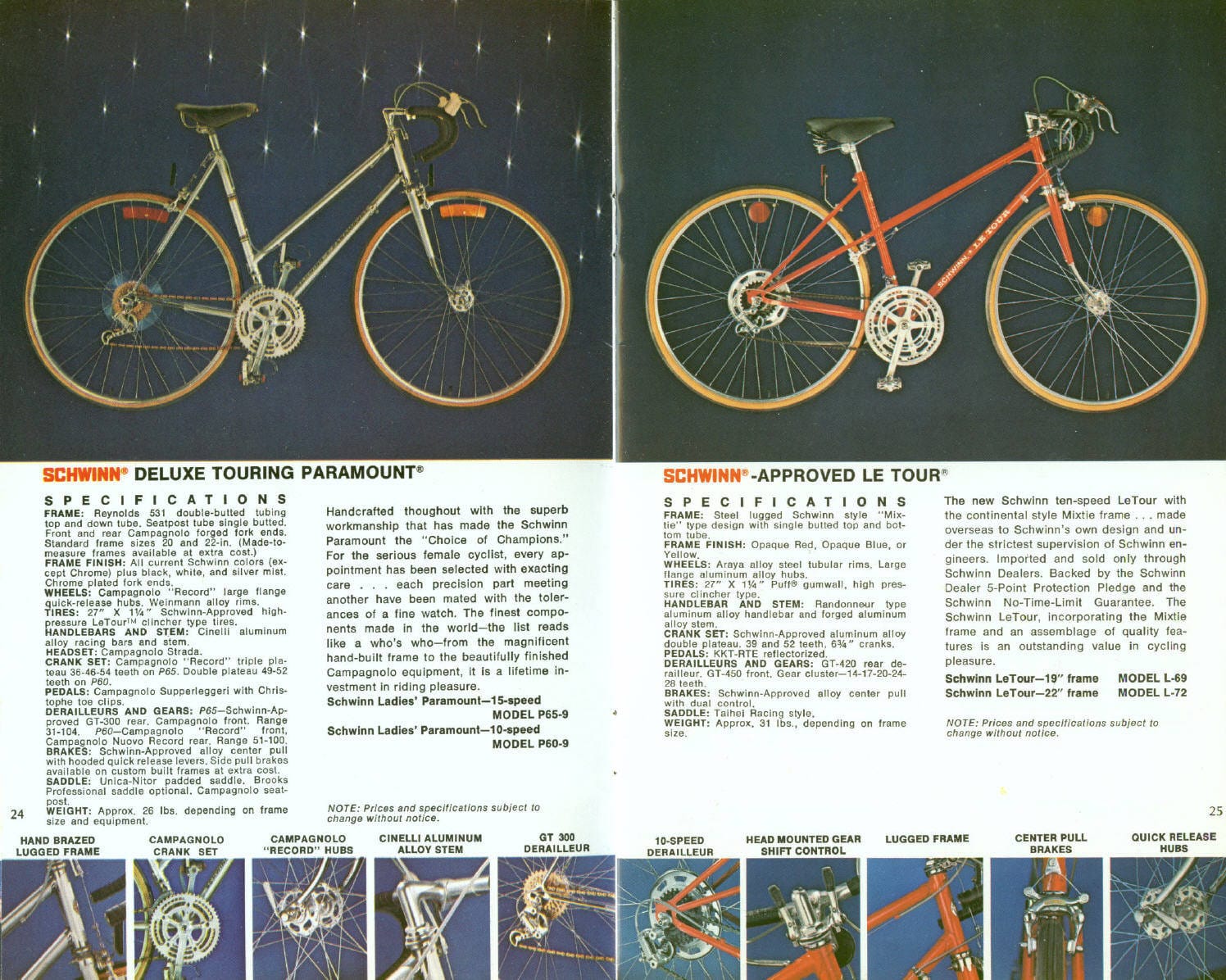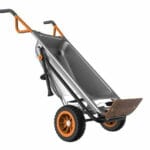This comprehensive guide will help you decode your Schwinn bicycle’s serial number, unlocking its history, model, and potential value. Whether you’ve unearthed a dusty relic in the garage or are curious about your trusty two-wheeled companion, this guide is your key to unraveling the mysteries hidden within your Schwinn’s frame.
Unlocking the Secrets of Your Schwinn’s Serial Number
Your Schwinn’s serial number is like a fingerprint, a unique identifier that tells a story. It can reveal when and where your bike was made, help you identify the model, and even offer clues about its value. Let’s dive into the fascinating world of Schwinn serial numbers.
Finding the Elusive Serial Number
The first step in your Schwinn investigation is locating the serial number. Its location varies depending on the bike’s manufacturing date:
- 1952-1969: Probably on the rear dropouts (where the rear wheel axle fits into the frame).
- 1970-1979: Likely on the lower head tube (where the forks connect to the frame) on the lower left-hand side.
- 1970-1982: Possibly on the head tube, just above the bearing race.
- Post-1979: Likely on the bottom bracket shell (where the cranks and pedals connect).
- 2002-2007: Possibly hidden beneath a barcode sticker. The first letter may correspond to the year. More details on this below.
Deciphering the Code
Once located, deciphering the serial number unveils your Schwinn’s history. Post-1948 Schwinns typically follow a letter-then-six-numbers format (e.g., A123456), where the letter likely suggests the year. Pre-1948 serial numbers are less standardized, often requiring more research using resources like the Schwinn Bike Forum.
Putting the Pieces Together: Model and Value
While the serial number itself may not directly reveal the exact model, the manufacturing date helps narrow down possibilities. Consult online resources, vintage Schwinn catalogs, or the Schwinn Lightweight Data Book for model identification. Once the model is identified, you can estimate its value. Rare models, those in excellent original condition, or bikes with unique historical significance can be quite valuable.
Pinpointing Your Schwinn’s Manufacturing Date
Want to know your Schwinn’s birth year? The serial number is your starting point. This section provides a step-by-step guide to dating your Schwinn.
Step 1: The Serial Number Hunt
Refer to the location guide in the previous section to find the serial number. It often hides in plain sight!
Step 2: Decoding the Code
Once you’ve found the serial number, online resources like bikehistory.org can help decipher it. The Schwinn Lightweight Data Book is invaluable for lightweight models from 1960-1969. The first letter and number in these serial numbers indicate the manufacturing month and year (e.g. A 0 signifies January 1960).
Step 3: Additional Clues: Model Numbers and Date Codes
Some Schwinns have a sticker near the crank arm with the model number and date code. Also, look for engravings beneath the crank.
A Note on Uncertainty
Dating vintage bicycles can be challenging. Information may be incomplete, and variations exist. While resources are helpful, they’re not always definitive. Ongoing research continues to refine our understanding of Schwinn serial numbers.
Determining Your Bike’s Year Using the Serial Number
A bicycle’s serial number often holds the key to its manufacturing year. This applies to Schwinns and many other brands, though each manufacturer employs a different system. This section guides you through the process.
Schwinn Serial Number Decoding: A Step-by-Step Guide
Locate the Serial Number: Check common locations like the head tube, bottom bracket, or rear dropouts.
Check the Format: Observe the characters and their arrangement – letters, numbers, or a combination? The format offers clues about the era.
Consider the Time Period: Schwinn’s system evolved. For example:
- 1970s (1970-1979): Head tube is the key location.
- Early 1980s (e.g., 1983): Serial numbers starting with “AA” often suggest a 1983 manufacturing date.
- Early 2000s (2002-2007): The first letter under the barcode can indicate the year (N=2002, O=2003, etc.). The Classic and Antique Bicycle Exchange (CABE) can be a valuable resource for this period.
- 1990s: A letter-based system was used, with variations possible. Vintage American Bicycles is worth checking.
- Pre-1970: More complex; specialized resources like the Schwinn Lightweight Data Book or online vintage bike databases may be needed.
Beyond Schwinn: Other Bike Brands
Most bicycle manufacturers use serial numbers, but their systems vary widely. Some incorporate a date code directly, others use more complex methods. PedalChef’s Bicycle Serial Number Chart is a good general resource.
Why Knowing the Year Matters
Knowing your bike’s year is useful for:
* Value Estimation
* Component Compatibility
* Historical Appreciation
* Authenticity Verification
A Word of Caution
Serial numbers aren’t always foolproof. Records can be incomplete, and variations exist. Ongoing research continually adds to our knowledge.
Assessing the Value of Your Old Schwinn
Wondering if your old Schwinn is valuable? This section helps you determine its potential worth.
Decoding the Serial Number
The serial number is your first clue. Refer to the previous sections for locating and decoding it. The manufacturing date and model are crucial for valuation.
Model Identification
Once you have the approximate year, use online resources like bikehistory.org and vintage Schwinn catalogs to pinpoint the model.
Factors That Influence Value
Several factors influence a Schwinn’s value:
- Age: Older Schwinns, particularly pre-1980s models, tend to be more valuable.
- Rarity: Less common models and special editions increase in value.
- Originality: Original paint, parts, and decals enhance value significantly.
- Condition: Excellent condition commands a premium.
- Collector Demand: Certain models from specific eras are highly sought-after, influencing their market value.
Navigating the Uncertainties
Valuing vintage bicycles is not an exact science. Market trends, regional differences, and individual buyers can all play a role.
Did you know that the Sacagawea dollar coin is one of the most popular and widely collected coins in the United States? These coins, also known as sacagawea dollars, feature the image of Sacagawea, a Native American woman who served as a guide and interpreter for the Lewis and Clark Expedition. These coins are available in multiple finishes, including proof, uncirculated and business strike, and their values can vary depending on the finish, year of issue and condition of the coin. This attention to detail, history, and condition parallels the valuation of vintage Schwinns. Just as a coin’s specific features contribute to its worth, the same holds true for your bicycle. Understanding these nuances can unlock the hidden value within your old Schwinn.
- Senior at What Age: Benefits & Eligibility Guide - March 29, 2025
- Unlocking Senior Benefits: How Old is a Senior? Your Complete Guide - March 29, 2025
- Master Russian Politeness:A Guide to Saying Please - March 29, 2025
















